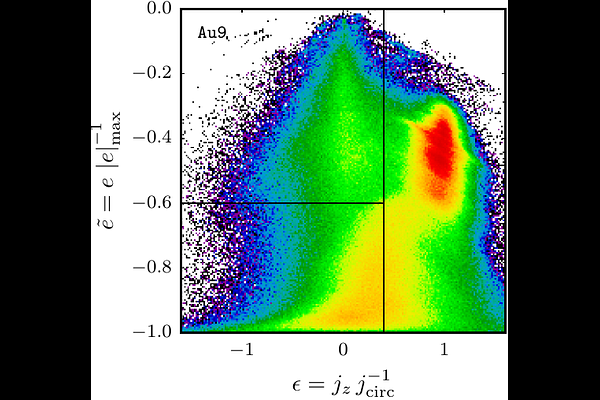The distribution of metals in simulated Milky Way-mass galaxies

The distribution of metals in simulated Milky Way-mass galaxies
Federico G. Iza, Sebastián E. Nuza, Cecilia Scannapieco, Luis Biaus, Ezequiel Lozano
AbstractGalaxies form due to the continuous accretion of gaseous material towards the centre of dark matter haloes, which gives rise to stellar discs once the gas reaches high density. Analysis of stellar age distribution shows that stars in the inner regions of the disc are born at earlier times, in contrast to those found in the outer regions, which constitute a younger population. This scheme, typical of galactic formation processes, is known as the "inside-out" scenario and is closely related to the global properties of a significant fraction of the population of spiral galaxies. In this study, we analyse model galaxies from the Auriga project, a set of high-resolution, magnetohydrodynamic cosmological simulations of Milky Way-mass galaxies, to investigate the distribution of metals at $z=0$. Since different galactic components were subjected to different formation histories, we focus on the distribution of metals in the halo, bulge, and disc using a dynamical decomposition method based on the degree of rotation of the stars and their gravitational potential.